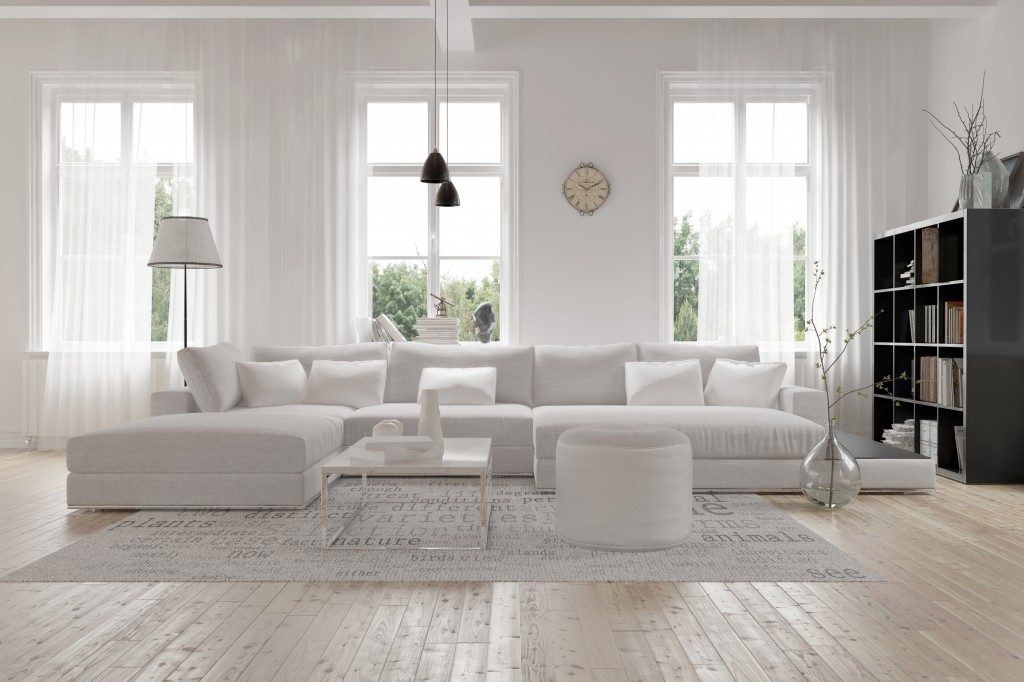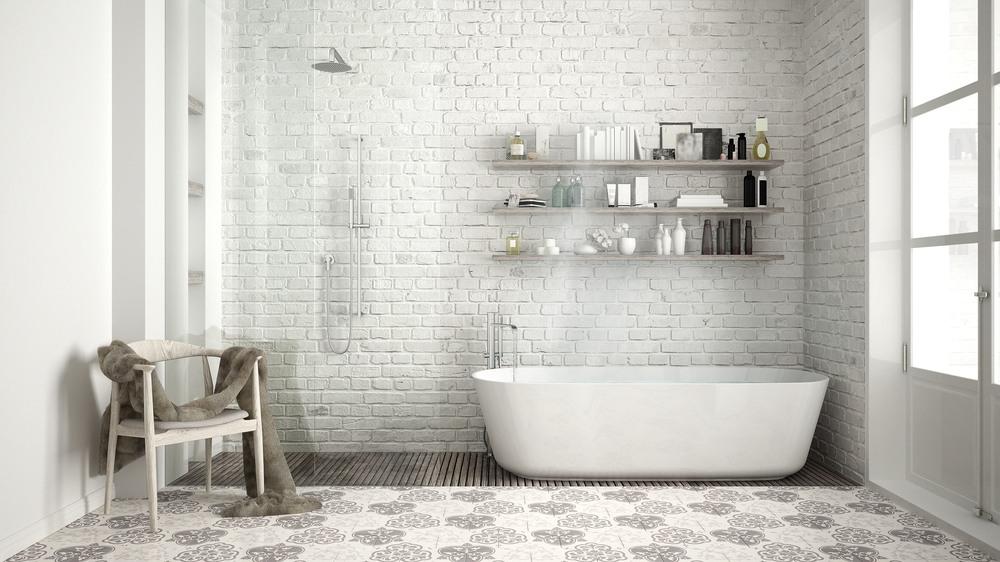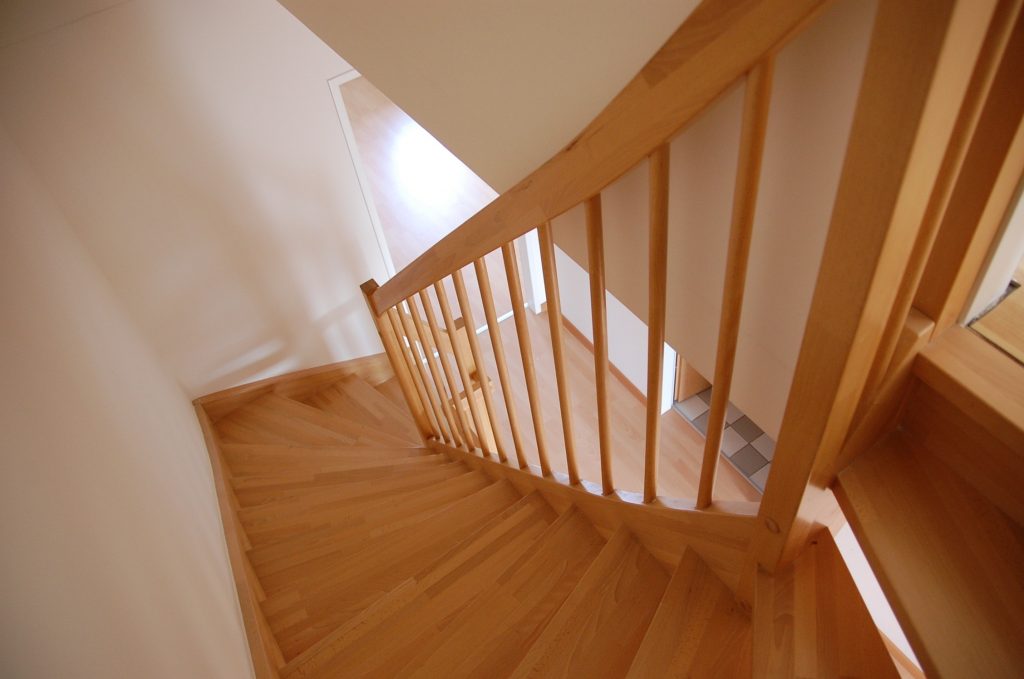The basic element that makes a room so beautifully designed is its sense of order. When everything is arranged so well, you get to make sense of the space immediately, feel comfortable in it, as you slowly take in the details of the room. Much of the sense of order in the space is created by the interior design principle called balance. Balance simply refers to the distribution of the visual weight of objects in a room to achieve equilibrium. Why is equilibrium the goal? Simple. It’s familiar. It’s organised. It’s interesting. Thus, it’s aesthetically pleasing. There are three ways to achieve balance in your design: symmetrically, asymmetrically, and last but not the least, radially.
Symmetrical Balance
This is the most common type of balance, and you probably do it without much thought in your furniture and decor arrangements. Symmetrical balance is achieved when you arrange identical elements on either side of an imaginary centre line. For example, two couches facing each other with a coffee table in the middle or a long dining table visually cut in half by a pendant light hanging over at the centre. This type of balance makes the entire room design simple, which adds to the visual appeal. When people enter the room and are able to make sense of the elements without a hassle, the brain easily interprets the space as aesthetically pleasing. So go for simplicity. Go for uncomplicated aesthetics. Use symmetry in your interior design.
Asymmetrical Balance
In this type of balance, there’s also mirroring of elements on the imaginary centre axis. This time, the objects aren’t identical, but rather, similar in visual weight. For instance, in the typical living room, you may have a large artwork hanged at the left side of a couch, and then a big lamp on a console table at the right side. Or, at the area of the fireplace, you may have a bookshelf on its left, and then a large TV equipment on the right. Items different in look and function, but same in visual weight. If you’re looking to update your furnishings, like your sofa bed, Singapore interior designers recommend taking a look at different shops before settling on one. You might find odd-shaped furniture in some boutique stores that would fit right into your asymmetrical design arrangement.
Radial Balance

This refers to the kind of balance that uses a central focal point wherein all the other elements radiate from or to. The most popular use of radial balance is in circular dining tables. The chairs, rugs, and the lighting all gather around it to emphasise this centrepoint. A spiral staircase is also a good example of this type of balance. If you would want your living room to be balanced radially, you can choose round seating furniture, or at least arrange the pieces in a circular placement, and then highlight your coffee table at the centre. If you want to take things up a notch, make it a conversation pit (a trendy feature that has made a comeback recently).
The principle of balance in designing your home is crucial, as it gives a sense of order, harmony, and added aesthetics. Mix and match these three types of balance to increase the visual appeal of any room at your home.




